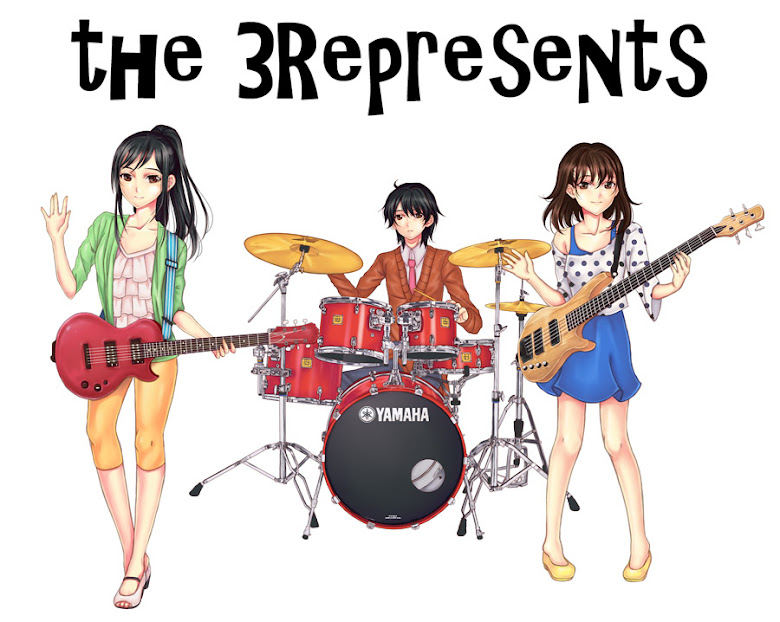Hey, folks! How is everybody doing? Did you have a good Christmas? With 2021 winding down, I think we can look ahead to 2022 and see what it holds in store for us regarding vocal synthesis.
In my last post, I posed the question: Is it time to ditch Vocaloid in favor Synthesizer V? Six months later, I can confidently answer that question with a resounding YES.
First, for someone starting from scratch, the cost is ZERO. Synthesizer V Studio Basic and all the lite voicebanks are free.
Second, moving up to Synthesizer V Studio Pro to take advantage of all the great features of the full version and buying the full version voicebanks is very reasonable in terms of cost. The editor is only 90 bucks. You also aren't forced to buy a bundle of voicebanks--you can just build your library with the ones you want.
Third--and this is a huge reason to throw your hat in with Synthesizer V--with the 1.5 update, through the magic of AI, the full version of the AI voicebanks can now sing in English, Japanese, and Mandarin Chinese without manually messing with the phonemes. That basically triples your voicebanks! (Note: this feature is only available with Studio Pro and the full versions of the AI voicebanks).
Of course, Eleanor Forte singing in Japanese or Chinese won't match up with a true native singer in those languages, but she is surprisingly good at it. Definitely more than good enough to use her as a backup singer in those cases. And the same is true for Koharu Rikka singing in English or Chinese and all the other voicebanks.
The case of Tsurumaki Maki AI (JPN) is interesting because I've read posts from people saying that her singing in English sounds exactly the same as Tsurumaki Maki AI English!
And if this isn't enough of a reason, in January, Solaria will be released. Solaria has a powerful voice. Have you heard her demos? She can really belt out a song. Think power singers like Linda Ronstadt or Kelly Clarkson. And, a male English voicebank is in the works.
There really isn't a reason NOT to move on to Synthesizer V. Although, honestly, there is a huge contingent in the vocal synthesis sphere that likes the older stuff--I'm talking about Vocaloid 2 or 3 voicebanks. I just think that's kind of weird. It's like using Windows 3.1 instead of Windows 10 (and soon, Windows 11). But hey, you like what you like, right?



